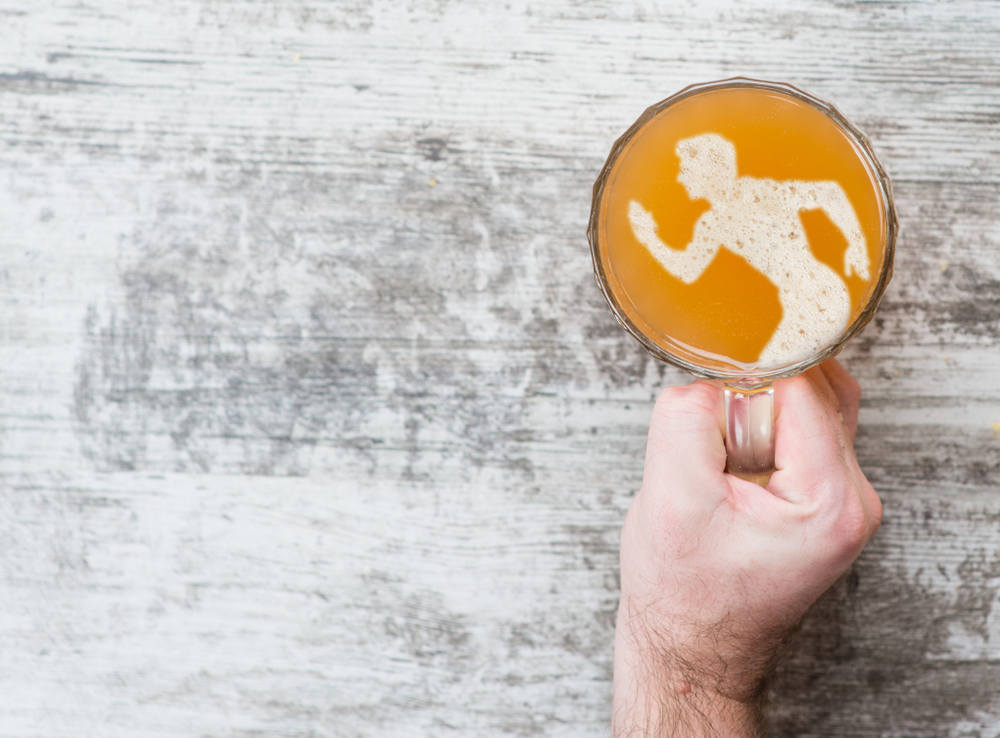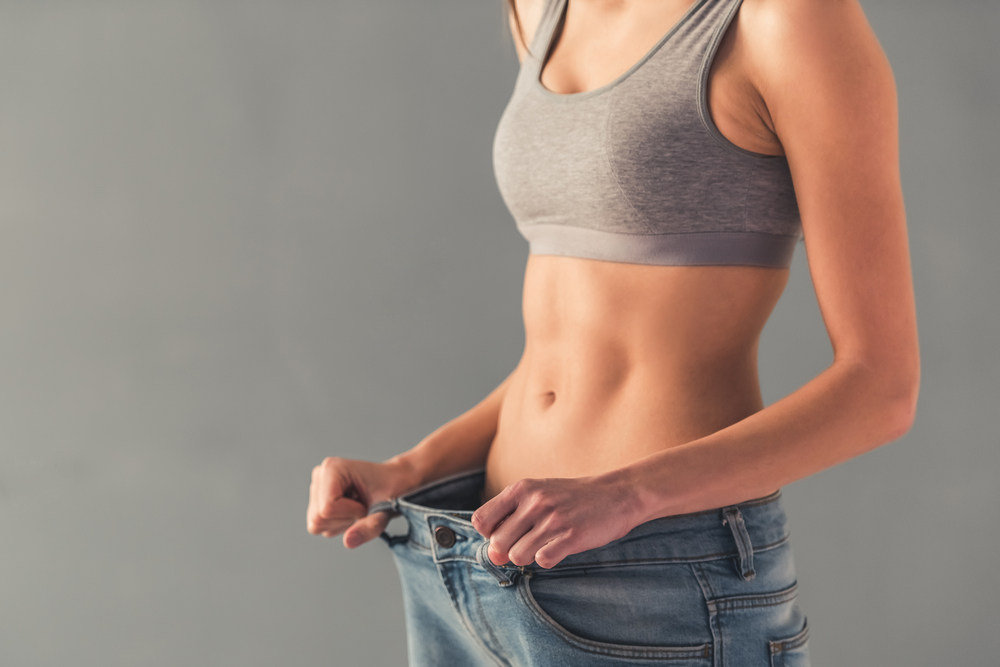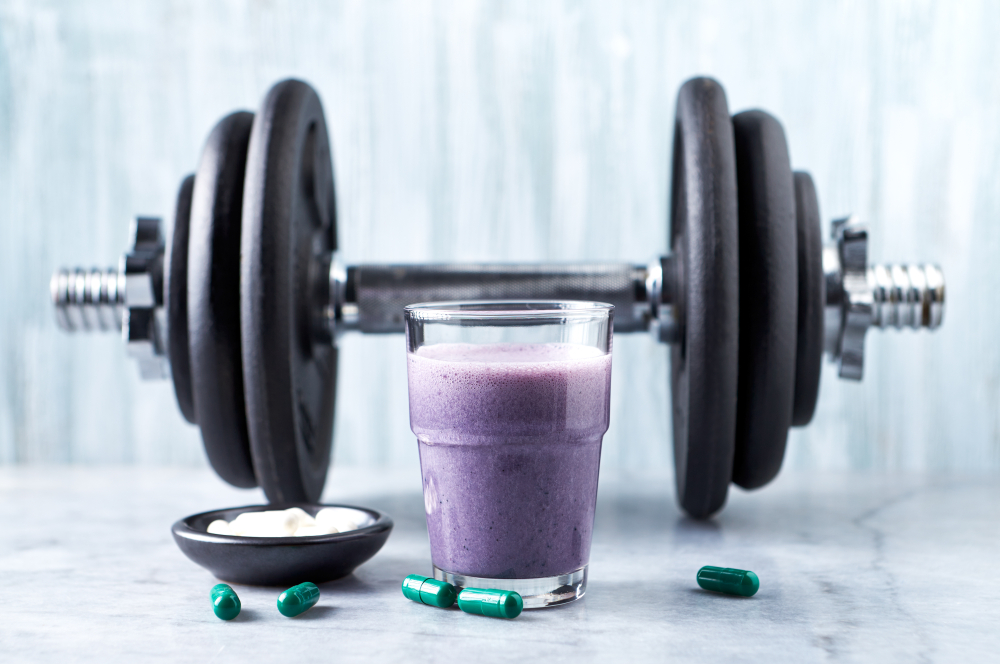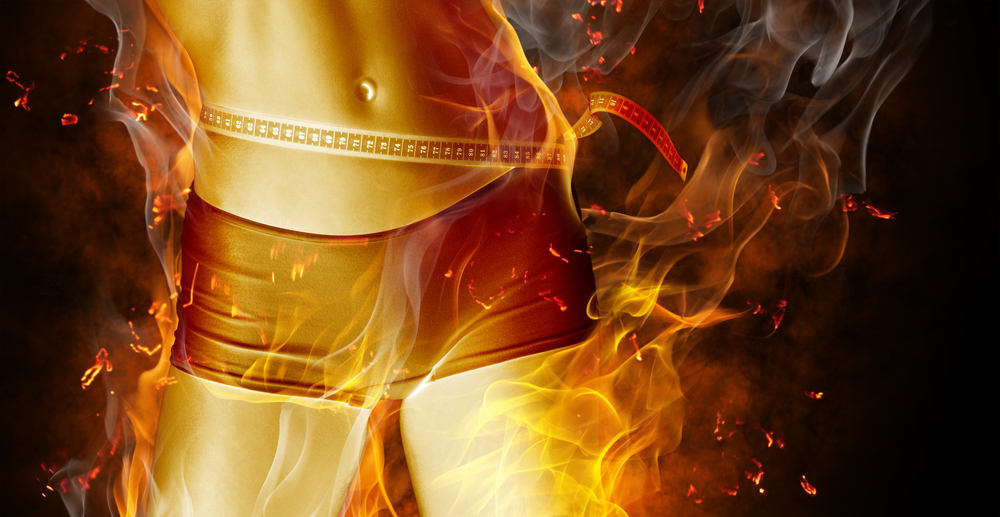A diuretic is a substance used to increase the amount of fluid secreted by the body. They are often used as part of the cutting. In this article you will find everything you need to know about diuretics.
Amalgams and diuretics
Beware of amalgams! Diuretics are often controversial, especially in the case of doping, and have a bad reputation. They are often said to be dangerous, sometimes banned because they are wrongly confused with diuretic drugs sold only on prescription. This is not the case with so-called "natural" herbal products, which are traditionally used in many pharmacopoeias and have no side effects.
Diuretic drugs prescribed by doctors mainly in response to heart problems, high blood pressure or oedema have many contraindications and side effects, especially related to electrolyte loss, and are not for "healthy" people. Some are, however, prescribed and used as "masking agents", to excrete illicit products that may have passed into the urine or bloodstream more quickly.
The increase in urine volume will decrease the concentration of prohibited substances to such an extent that detection by analytical methods becomes impossible because they are below the detection thresholds. It can also change the pH of the urine, making it more acidic, which makes it much more difficult to detect doping products.
Diuretics increase urine volume
Diuretics, whether natural or not, stimulate urinary excretion. In other words, they increase the volume of urine, and therefore make the water leave the body, subcutaneously. This makes it easier to understand why they are used to cut, lose weight or have more defined muscles.
However, one should not confuse medicines with plants with a diuretic and draining action, present in certain food supplements, whose properties are recognised and have been traditionally used for centuries
SOLUTIONS EXIST
These plants will favour the elimination of water by similar mechanisms but with a much less important and/or complementary loss of electrolytes, by favouring in particular the venous & lymphatic circulation, which will allow a loss of water in a homogeneous way and on the whole of the fabrics. This is an ideal solution, particularly during a cutting.




